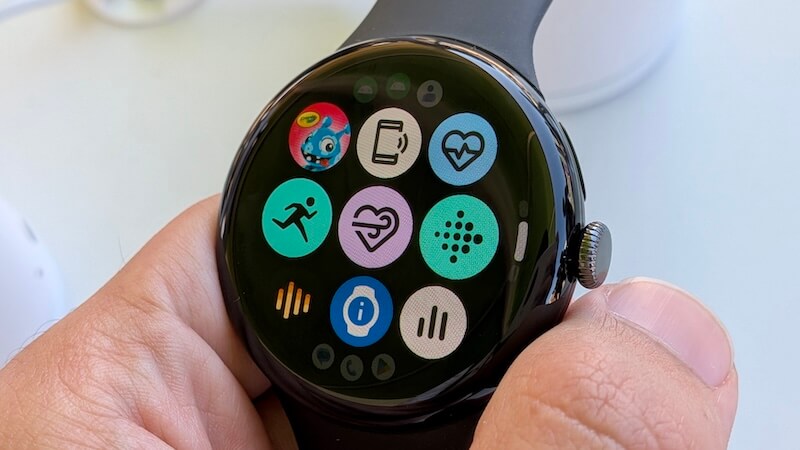Apple's Vision Pro, since its unveiling at WWDC 2023 and release in early 2024, has been lauded as a groundbreaking device that seamlessly blends digital content with the physical world, marking Apple's foray into spatial computing. Now, with the anticipated arrival of visionOS 3, Apple is poised to introduce an eye-tracking scroll feature that promises to redefine user interaction and offer a glimpse into the future of hands-free computing.
Currently, Vision Pro users interact with the system through a combination of eye-tracking, hand gestures, and voice commands. Users can select items by looking at them and pinching their fingers together, move elements with pinched fingers, and scroll by flicking their wrists. The introduction of eye-tracking scroll aims to streamline this process, potentially eliminating the need for hand gestures altogether.
According to reports, the eye-scrolling feature will be a key component of visionOS 3, expected to be unveiled at WWDC 2025 starting on June 9. This innovative feature will allow users to navigate through apps and content simply by moving their eyes. Apple reportedly intends to implement eye-scrolling across all of its native Vision Pro applications and provide developers with the tools to incorporate the feature into third-party software.
The underlying technology leverages the Vision Pro's existing advanced eye-tracking system, which employs LEDs and infrared cameras to monitor eye movements. This system not only enables precise selection of on-screen elements but also forms the basis for Optic ID, the device's iris scanner for authentication. By building upon this foundation, Apple aims to create a more intuitive and immersive user experience.
The potential impact of eye-tracking scroll extends beyond mere convenience. It represents a significant step toward enhancing accessibility for users with disabilities. For individuals with motor impairments, the ability to navigate the Vision Pro interface using only their eyes could be transformative, offering a new level of independence and control. Apple has a history of incorporating accessibility features into its products, and the eye-tracking scroll aligns with this commitment.
Moreover, the introduction of eye-tracking scroll could catalyze innovation in various fields, including gaming, education, and healthcare. In gaming, for instance, players could experience a more immersive and responsive environment, with their gaze influencing gameplay in real-time. In education, interactive learning experiences could be enhanced through eye-tracking-based assessments and personalized content delivery. In healthcare, surgeons could potentially use eye-tracking to control instruments during procedures, improving precision and efficiency.
While the prospect of eye-tracking scroll is exciting, challenges remain. Fine-tuning the technology to ensure accuracy and prevent unintended actions will be crucial. Additionally, developers will need to carefully design user interfaces that are optimized for eye-tracking input. Overcoming these challenges will be essential to realizing the full potential of this technology.
The introduction of eye-tracking scroll in visionOS 3 signals Apple's continued investment in the Vision Pro and its commitment to pushing the boundaries of spatial computing. As the technology matures and developers embrace its capabilities, eye-tracking scroll has the potential to become a defining feature of the Vision Pro, shaping the future of human-computer interaction and paving the way for a more intuitive and accessible digital world.















